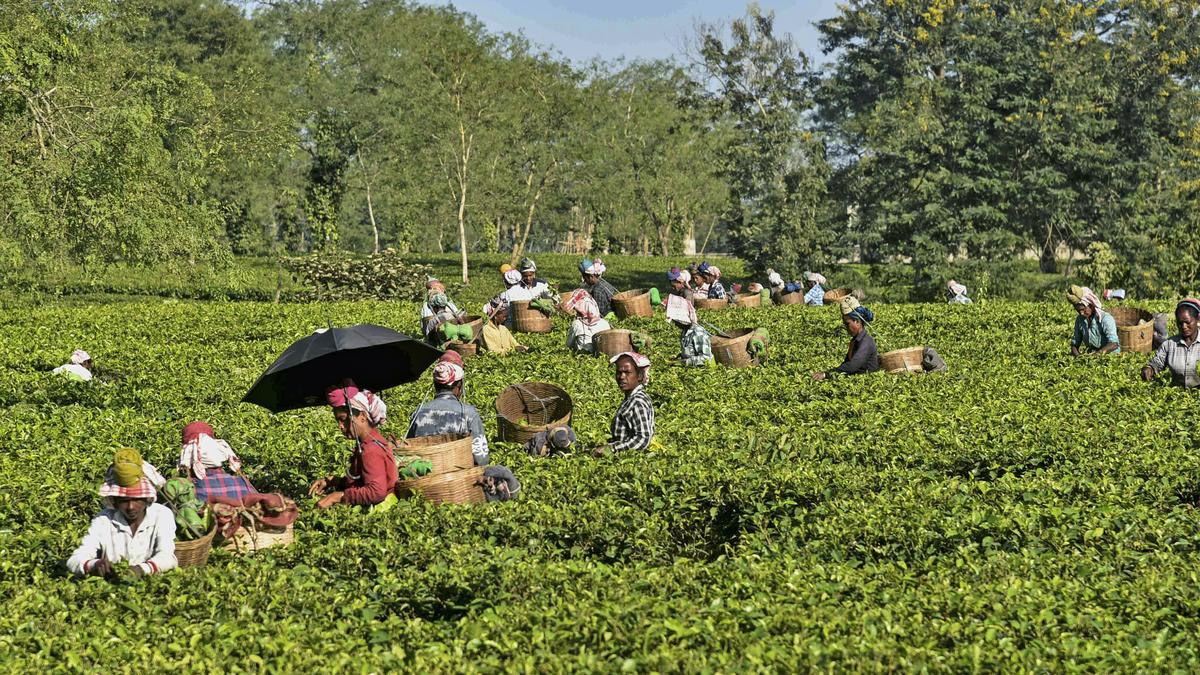Chronic Pulmonary Aspergillosis (CPA)

- 27 Jan 2025
In News:
A recent study conducted by Assam Medical College and Hospital has revealed a high prevalence of Chronic Pulmonary Aspergillosis (CPA) among tuberculosis (TB) survivors in Assam’s tea garden communities. Published in the PLOS Neglected Tropical Diseases journal, the research underscores a significant public health concern in a region already burdened by TB.
What is Chronic Pulmonary Aspergillosis (CPA)?
- CPA is a severe, life-threatening fungal infection caused by Aspergillus fumigatus, a filamentous fungus commonly found in soil, decaying vegetation, and humid organic matter.
- It predominantly affects individuals with weakened immune systems or pre-existing lung conditions, especially those who have recovered from or are currently battling TB.
- CPA is not contagious and cannot be transmitted from person to person.
Symptoms and Clinical Presentation:
CPA shares many clinical features with TB, making diagnosis challenging:
- Chronic cough
- Haemoptysis (coughing up blood)
- Persistent respiratory symptoms
- Weight loss
- Fatigue
- Shortness of breath
- Wheezing
Key Findings from Assam:
- Study Area: Conducted in Dibrugarh district, covering tea workers and their dependents from four major tea estates.
- Sample Size: 128 patients with prolonged respiratory symptoms (>3 months).
- Prevalence:
- CPA prevalence: 17.18% overall
- Seropositivity in active TB patients: 18.5%
- Seropositivity in post-TB patients: Spiked to 48.9%, indicating a strong link between CPA and previous TB infections.
- Demographic Insights:
- Mean age: 41.9 years
- Higher incidence among middle-aged male workers
- Comparison with Global Trends:
- Assam’s CPA prevalence (60 per 1,00,000) exceeds the global average (42 per 1,00,000)
- Worse than several African nations including Nigeria and the Democratic Republic of Congo (20–50 per 1,00,000)
Contributing Risk Factors in Assam’s Tea Belt:
- High TB burden: 217 per 1,00,000 (National TB Prevalence Survey 2019–2021)
- Poverty and malnutrition
- Kitchen smoke exposure
- Congested living conditions
- Delayed or inadequate TB treatment
Diagnosis and Treatment:
- Diagnosis:
- Serological testing for Aspergillus antibodies
- Radiological imaging to identify fungal growth in lung cavities
- Treatment:
- Antifungal therapy (e.g., itraconazole or voriconazole)
- Surgical removal in severe cases with fungal mass
Public Health Recommendations:
- Routine screening of post-TB patients for CPA in high-risk zones like tea estates
- Awareness campaigns targeting healthcare providers and workers to improve recognition and response
- Education on nutrition, respiratory hygiene, and early symptom detection
- Inclusion of fungal diseases like CPA in broader national TB and occupational health programs
Additional Context: Epidemic Dropsy in Assam’s Tea Belt
- A 2019 study had previously flagged the prevalence of epidemic dropsy, a condition caused by contaminated edible oils with Argemone mexicana oil, adding to the health risks in tea-growing regions.
